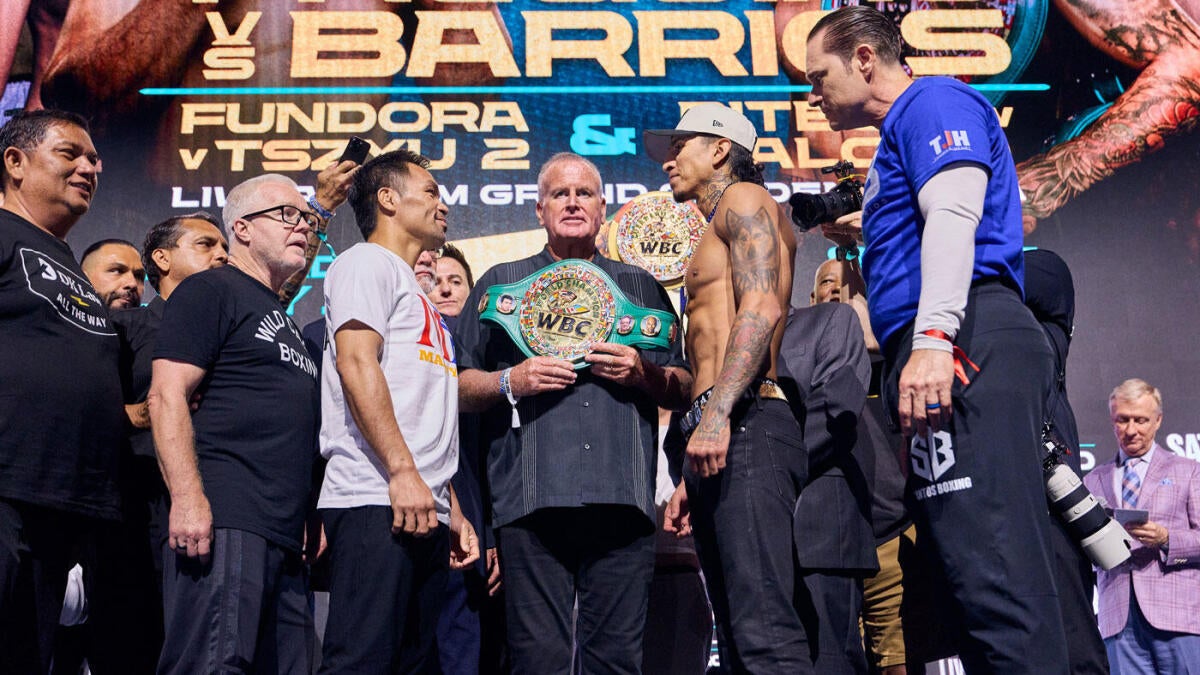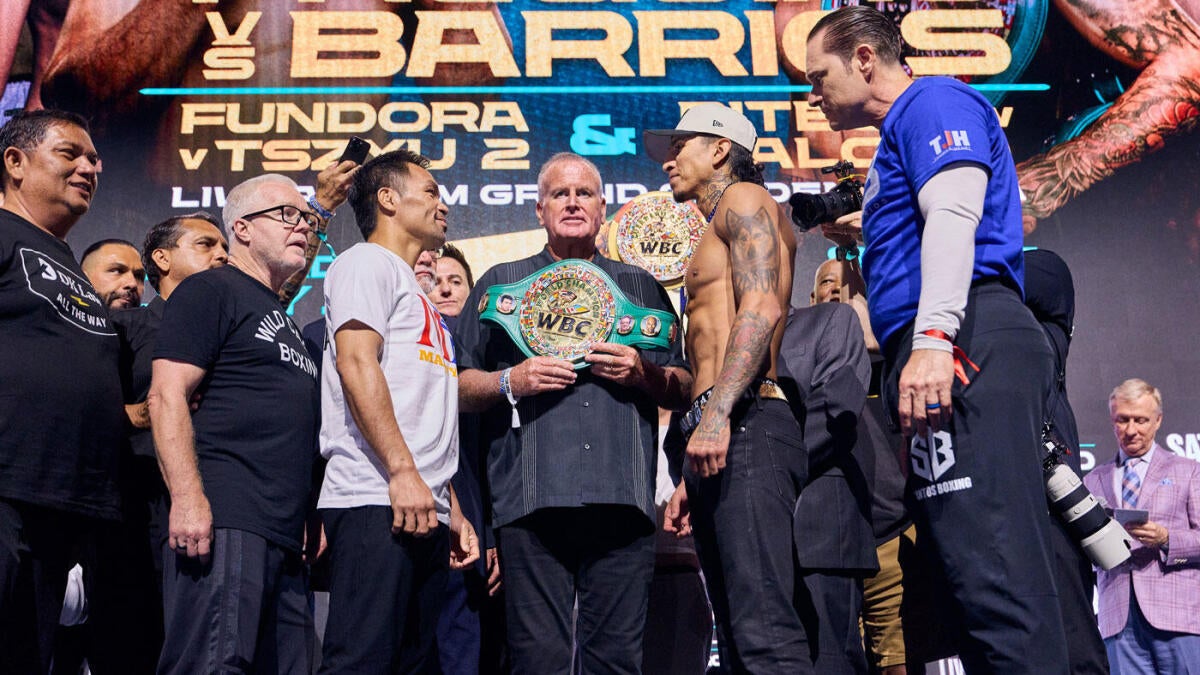The Pacquiao-Barrios Majority Draw: A Fight That Sparked Debate
The boxing world was abuzz with anticipation as Manny Pacquiao, the legendary Filipino fighter, stepped into the ring after a four-year hiatus. At 46 years old, Pacquiao sought to reclaim his place among the elite by challenging Mario Barrios for the WBC welterweight title. The fight, held at the MGM Grand in Las Vegas, was a spectacle of skill, endurance, and controversy. The majority draw decision that followed has left fans, analysts, and even the fighters themselves questioning the outcome.
A Battle of Styles and Generations
The Pacquiao-Barrios matchup was a clash of contrasting styles and generations. Pacquiao, a veteran of countless battles, brought his signature speed, aggression, and southpaw stance to the ring. His footwork was sharp, and his hands were fast, reminiscent of his prime. However, the years away from the ring were evident in his waning stamina and diminished power.
Barrios, on the other hand, was a younger, taller, and rangier fighter. He fought a disciplined fight, using his size and reach advantage to keep Pacquiao at bay. His jab and straight right hands were effective, and he showed resilience throughout the 12 rounds. While he didn’t overwhelm Pacquiao with offensive firepower, Barrios remained composed and stuck to his game plan.
The fight was a back-and-forth affair, with both fighters having their moments. Pacquiao controlled the early rounds with his activity and aggression, while Barrios gained momentum in the middle rounds, using his jab and reach to dictate the pace. The final rounds were closely contested, with both fighters digging deep and exchanging punches until the final bell.
The Controversial Decision: A Robbery or a Close Fight?
The judges’ scorecards revealed the split nature of the fight. One judge scored the bout 115-113 in favor of Barrios, while the other two judges scored it 114-114, resulting in a majority draw. The reaction to the decision was immediate and widespread. Many observers felt that Pacquiao had done enough to win the fight, citing his superior activity, aggression, and cleaner punching. The crowd in attendance at the MGM Grand voiced their displeasure with a chorus of boos.
The argument for Pacquiao winning centers on the premise that he controlled the pace of the fight, landed the more impactful punches, and dictated the exchanges. While Barrios effectively used his jab, Pacquiao’s combinations and body shots were arguably more damaging. Furthermore, Pacquiao’s legendary status and the narrative of his comeback may have subconsciously influenced some viewers’ perception of the fight.
On the other hand, those who support the draw or even a Barrios victory argue that Barrios effectively neutralized Pacquiao’s attack with his jab and reach, landed cleaner punches in the later rounds, and showed superior stamina. They point to the fact that Pacquiao’s activity slowed down in the second half of the fight, and that Barrios was able to dictate the pace and distance as the fight progressed.
Ultimately, the scoring of boxing matches is subjective, and reasonable minds can disagree. However, the widespread controversy surrounding the Pacquiao-Barrios decision suggests that the judges’ scorecards were, at the very least, out of sync with the general consensus of those who watched the fight.
Pacquiao’s Legacy: A Tarnished Comeback or a Testament to Endurance?
The majority draw against Barrios raises questions about Pacquiao’s legacy and his future in the sport. While he demonstrated that he can still compete at a high level, the result fell short of the triumphant comeback that many had hoped for.
For some, the draw tarnishes Pacquiao’s legacy, suggesting that he is past his prime and no longer capable of dominating the welterweight division. They argue that a fighter of Pacquiao’s caliber should have been able to defeat a younger, less experienced champion like Barrios.
However, others view the draw as a testament to Pacquiao’s incredible endurance and dedication. At 46 years old, after a four-year layoff, Pacquiao was able to go 12 rounds with a world-class fighter and push him to his limit. This accomplishment alone is remarkable and speaks volumes about Pacquiao’s physical and mental fortitude.
Regardless of one’s perspective, the Pacquiao-Barrios fight underscores the undeniable reality of Father Time. While Pacquiao’s skills and experience remain formidable, his physical abilities have inevitably diminished.
The Future of the Welterweight Division: Uncertainty and Opportunity
The majority draw in the Pacquiao-Barrios fight leaves the welterweight division in a state of uncertainty. Barrios retains his WBC title, but his performance against Pacquiao did not inspire confidence. Questions linger about whether he is truly one of the elite fighters in the division.
The draw also opens up a number of possibilities for future matchups. A rematch between Pacquiao and Barrios is a logical option, as both fighters have expressed interest in a second fight. Other potential opponents for Pacquiao include Errol Spence Jr., Terence Crawford, and Jaron Ennis, all of whom are considered to be among the top welterweights in the world.
However, Pacquiao’s age and recent performance raise questions about whether he should continue to compete against the younger, more physically gifted fighters in the division. A more sensible path for Pacquiao might be to focus on legacy fights against other aging legends or to transition into a role as a mentor and ambassador for the sport.
A Bitter End or a New Beginning?
The Pacquiao-Barrios fight was more than just a boxing match; it was a cultural event, a clash of generations, and a testament to the enduring appeal of the sweet science. While the majority draw left a sour taste in the mouths of many, it also served as a reminder of Pacquiao’s remarkable career and his unwavering commitment to the sport. Whether this fight marks the end of an era or the beginning of a new chapter in Pacquiao’s life remains to be seen. But one thing is certain: Manny Pacquiao’s name will forever be etched in the annals of boxing history.












